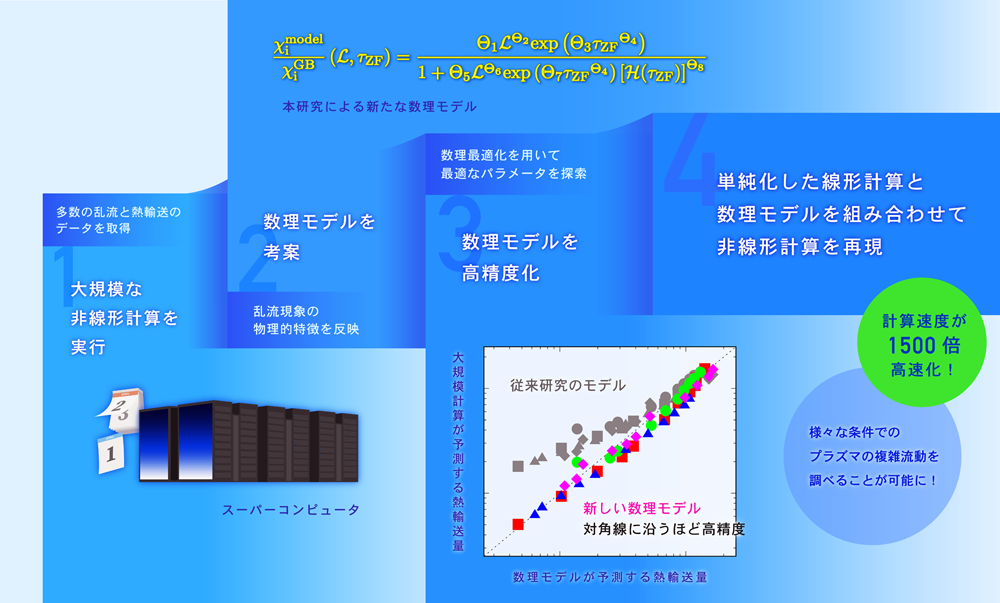根が土壌からより多くの水と栄養を取り込み、肥料を必要とせず、干ばつに耐えることができる特性を持つ。 Trait results in roots better able to capture more water and nutrients from soil, need less fertilizer, and withstand drought
2023-03-16 ペンシルベニア州立大学(PennState)
ペンシルバニア州立大学の農業科学の研究グループは、十数年にわたってアジア、ラテンアメリカ、ヨーロッパ、アフリカのトウモロコシと豆の根の特徴を研究し、作物の性能を向上させることを目的としてきた。
本研究では、遺伝子の特定により、根の形質に関する育種ターゲットを作成することができると述べている。
この研究は、Proceedings of the National Academy of Scienceに掲載された。
<関連情報>
- https://www.psu.edu/news/research/story/discovery-root-anatomy-gene-may-lead-breeding-more-resilient-corn-crops/
- https://www.pnas.org/doi/10.1073/pnas.2219668120
転写因子bHLH121によるトウモロコシの根皮質畦形成の制御 Transcription factor bHLH121 regulates root cortical aerenchyma formation in maize
Hannah M. Schneider,Vai S. Lor,Xia Zhang,Patompong Saengwilai,Meredith T. Hanlon,Stephanie P. Klein ,Jayne L. Davis ,Aditi N. Borkar ,Cody L. Depew,Malcolm J. Bennett ,Shawn M. Kaeppler ,Kathleen M. Brown ,Rahul Bhosale ,Jonathan P. Lynch
Proceedings of the National Academy of Science Published:March 16, 2023
DOI:https://doi.org/10.1073/pnas.2219668120

Significance
Root anatomical phenotypes are important for soil resource acquisition, particularly in stressful environments. Using Anatomics (anatomical phenotyping) coupled with GWAS, we identified and then validated a bHLH transcription factor that regulates the formation of root cortical aerenchyma, an important phenotype for water and nutrient acquisition. Understanding the genetic regulation of root anatomical phenotypes promises to accelerate the breeding of crop cultivars with improved stress tolerance, resilience, and carbon sequestration.
Abstract
Root anatomical phenotypes present a promising yet underexploited avenue to deliver major improvements in yield and climate resilience of crops by improving water and nutrient uptake. For instance, the formation of root cortical aerenchyma (RCA) significantly increases soil exploration and resource capture by reducing the metabolic costs of root tissue. A key bottleneck in studying such phenotypes has been the lack of robust high-throughput anatomical phenotyping platforms. We exploited a phenotyping approach based on laser ablation tomography, termed Anatomics, to quantify variation in RCA formation of 436 diverse maize lines in the field. Results revealed a significant and heritable variation for RCA formation. Genome-wide association studies identified a single-nucleotide polymorphism mapping to a root cortex-expressed gene-encoding transcription factor bHLH121. Functional studies identified that the bHLH121 Mu transposon mutant line and CRISPR/Cas9 loss-of-function mutant line showed reduced RCA formation, whereas an overexpression line exhibited significantly greater RCA formation when compared to the wild-type line. Characterization of these lines under suboptimal water and nitrogen availability in multiple soil environments revealed that bHLH121 is required for RCA formation developmentally as well as under studied abiotic stress. Overall functional validation of the bHLH121 gene’s importance in RCA formation provides a functional marker to select varieties with improved soil exploration and thus yield under suboptimal conditions.



